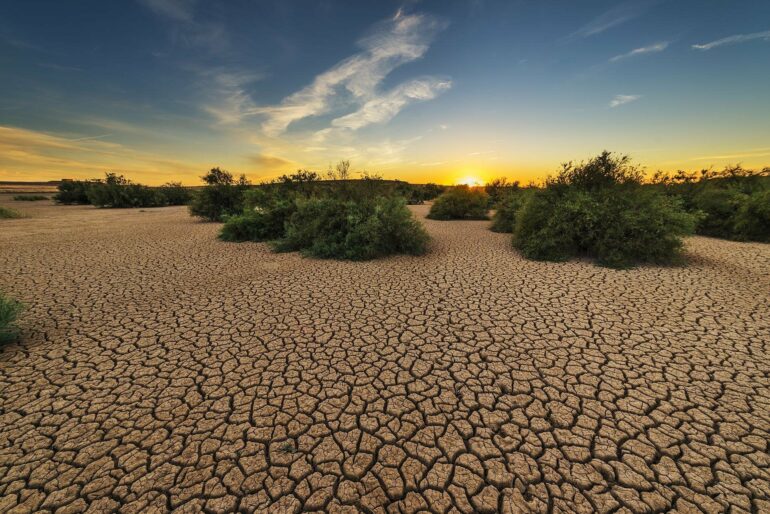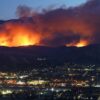Scientists looking at the meteorological impacts of climate change have typically looked at increases in severe weather and hurricanes. Now, they are studying another consequence of global warming that will have significant economic ramifications: drought.
Researchers at the U.S. Department of Energy’s (DOE) Argonne National Laboratory have developed a new method to assess the likelihood of extreme drought conditions in several different regions of the United States over the remainder of the century. Using this method, based on highly detailed regional climate models, they have found that droughts are likely to be exacerbated by global warming. This finding is especially likely in regions like the Midwest, Northwestern U.S. and California’s Central Valley.
“The projected worsening of droughts as a result of global warming is likely to have significant consequences in terms of crop loss, wildfires, and demand for water resources,” said Rao Kotamarthi, an Argonne environmental scientist and author of the new study.
In looking at future forecasts of droughts over the course of the remainder of the century, the researchers believe the new technique can help them to understand “flash drought” events that have a quick onset period that could be as short as few weeks. “Flash droughts, as their name implies, happen really quickly,” Kotamarthi said. “While conventional droughts are related to a prolonged lack of precipitation, flash droughts occur because of high temperatures and extremely high evaporation rates.”
Unlike hurricanes, which have a rigorous classification scale, scientists use various methodologies to classify droughts. These range from reports from farmers to noted precipitation deficits to assess which regions were experiencing a drought. In some regions of the country that typically experience fairly low precipitation to begin with, such as the Southwestern U.S., lack of precipitation may not be sufficient to adequately represent the impact of a drought, Kotamarthi said.
Instead of using precipitation deficit to identify drought, the researchers turned to a new measure called vapor pressure deficit, or VPD. VPD is calculated based on a combination of temperature and relative humidity and consists of the difference between how much water vapor the air can hold when saturated and the total amount of water vapor available. “An extended period of higher-than-average VPD can mean that a drought is occurring,” said Argonne environmental scientist Brandi Gamelin. “We’re looking at drought differently by bypassing precipitation altogether—to primarily look at the effect of temperature and future temperature changes on drought.”
Because the amount of water that air can hold is dependent upon its temperature, hotter air typically has a higher VPD than colder air. “Cold air retains less moisture than hot air, so the warmer the air temperature, the more water vapor it can hold, which can draw moisture out of the surface, drying it out,” Gamelin said.
According to Gamelin, positive values of the Argonne-produced Standardized VPD Drought Index (SVDI) represent drying conditions.
Because current drought monitoring indices rely on weekly or monthly data, they typically represent lagging indicators of actual droughts. Because the SVDI uses daily data, it is useful in identifying flash droughts that happen over a shorter period of time, Gamelin said.
A paper based on the study, “Projected U.S. drought extremes through the twenty-first century with vapor pressure deficit,” appeared in the May 21 issue of Scientific Reports.
In addition to Kotamarthi and Gamelin, other authors of the study include Argonne’s Jeremy Feinstein, Jiali Wang, Julie Bessac and Eugene Yan.
More information:
Brandi L. Gamelin et al, Projected U.S. drought extremes through the twenty-first century with vapor pressure deficit, Scientific Reports (2022). DOI: 10.1038/s41598-022-12516-7
Provided by
Argonne National Laboratory
Citation:
Researchers develop a new way to predict droughts (2022, September 14)



